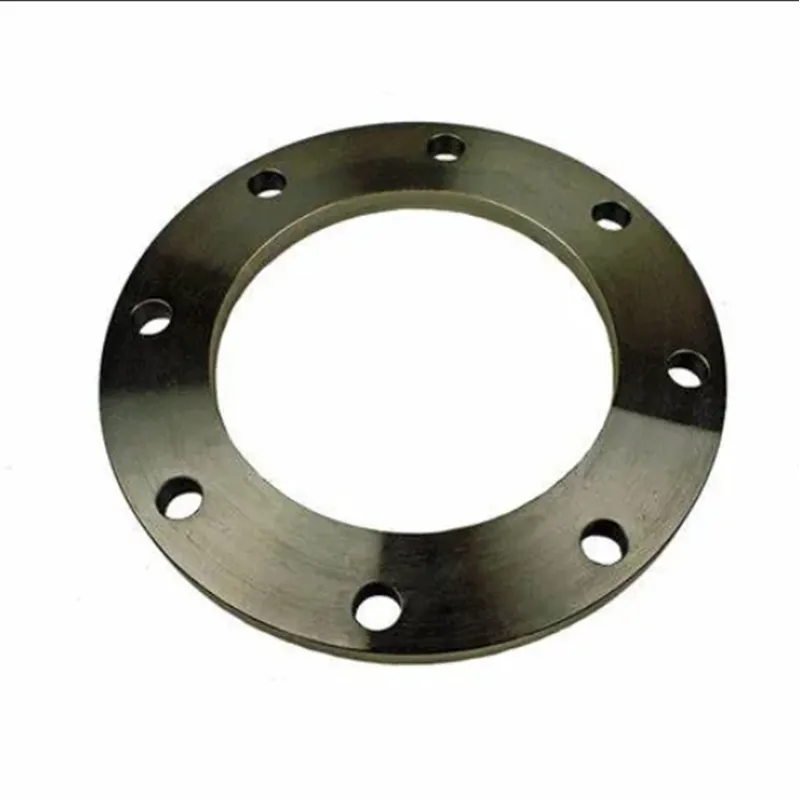-
Cangzhou Yulong Steel Co., Ltd.
-
Phone:
+86 13303177267 -
Email:
admin@ylsteelfittings.com
- English
- Arabic
- Italian
- Spanish
- Portuguese
- German
- kazakh
- Persian
- Greek
- French
- Russian
- Polish
- Thai
- Indonesian
- Vietnamese
- Zulu
- Korean
- Uzbek
- Hindi
- Serbian
- Malay
- Ukrainian
- Gujarati
- Haitian Creole
- hausa
- hawaiian
- Hebrew
- Miao
- Hungarian
- Icelandic
- igbo
- irish
- Japanese
- Javanese
- Kannada
- Khmer
- Rwandese
- Afrikaans
- Albanian
- Amharic
- Armenian
- Azerbaijani
- Basque
- Belarusian
- Bengali
- Bosnian
- Bulgarian
- Catalan
- Cebuano
- China
- China (Taiwan)
- Corsican
- Croatian
- Czech
- Danish
- Esperanto
- Estonian
- Finnish
- Frisian
- Galician
- Georgian
- Kurdish
- Kyrgyz
- Lao
- Latin
- Latvian
- Lithuanian
- Luxembourgish
- Macedonian
- Malgashi
- Malayalam
- Maltese
- Maori
- Marathi
- Mongolian
- Myanmar
- Nepali
- Norwegian
- Norwegian
- Occitan
- Pashto
- Dutch
- Punjabi
- Romanian
- Samoan
- Scottish Gaelic
- Sesotho
- Shona
- Sindhi
- Sinhala
- Slovak
- Slovenian
- Somali
- Sundanese
- Swahili
- Swedish
- Tagalog
- Tajik
- Tamil
- Tatar
- Telugu
- Turkish
- Turkmen
- Urdu
- Uighur
- Welsh
- Bantu
- Yiddish
- Yoruba

Nov . 17, 2024 19:38 Back to list
Understanding DIN PN 16 Flanges and Their Applications in Industrial Settings
Understanding Flange DIN PN 16 A Key Component in Fluid Dynamics
Flanges are vital components in various industrial applications, particularly in piping systems. They serve as connection points between pipes, valves, and other equipment, providing a robust way to manage fluid flow. One of the widely recognized standards for flanges is the DIN (Deutsches Institut für Normung) standard, particularly the PN (Pressure Nominal) ratings. Among these, DIN PN 16 is notable for its robust performance in a range of applications.
What is DIN PN 16?
DIN PN 16 refers to a specific type of flange characterized by its ability to withstand a maximum pressure of 16 bar (approximately 232 PSI) at a temperature of up to 40°C. The “PN” in DIN PN standards indicates the pressure nominal of the flange, which provides a clear indication of its pressure handling capabilities. This makes it suitable for various applications in industries such as water treatment, chemical processing, and oil and gas.
Design and Specifications
Flanges adhering to DIN PN 16 specifications typically follow a standardized design that includes dimensions, bolt holes, and gasket specifications. The standard ensures compatibility with pipes, making installation straightforward and efficient. The flanges are usually made from materials like carbon steel, stainless steel, or ductile iron, depending on the required strength and corrosion resistance. Moreover, the surface finish and coating can vary to enhance durability and adaptability to different environments.
Applications of DIN PN 16 Flanges
flange din pn 16

The versatility of DIN PN 16 flanges makes them a popular choice in numerous sectors. In the water distribution industry, they are commonly used to connect pipes in municipal water systems, ensuring safe and efficient transport of potable water. In chemical processing plants, these flanges facilitate the connection of various components in pipelines, allowing for the effective handling of both aggressive and non-aggressive fluids.
Additionally, in the oil and gas sector, DIN PN 16 flanges are crucial for joining wellhead equipment and pipelines, providing secure seals that minimize the risks of leaks. Their reliability is instrumental in maintaining operational safety in high-pressure conditions.
Benefits of Using DIN PN 16 Flanges
One of the significant benefits of utilizing DIN PN 16 flanges is their standardization, which simplifies the procurement and installation processes. Since they are globally recognized, engineers and technicians appreciate the ease of replacement and maintenance as they can source compatible parts without extensive modifications.
Furthermore, the durability of materials used in these flanges guarantees long-term performance, which is essential in critical applications where downtime can lead to significant financial losses and safety risks. By implementing DIN PN 16 flanges, organizations can enhance the reliability of their piping systems while ensuring compliance with industry standards.
Conclusion
In conclusion, DIN PN 16 flanges represent a crucial element in the infrastructure of numerous industries. Their ability to handle significant pressures, combined with standardized design and material options, makes them indispensable in fluid dynamics. Whether in water treatment, chemical processing, or oil and gas applications, these flanges offer the reliability and efficiency required for safe and effective operations. Understanding their specifications and applications is fundamental for engineers and managers seeking to optimize their systems and ensure the longevity of their installations.
Latest news
-
ANSI 150P SS304 SO FLANGE
NewsFeb.14,2025
-
ASTM A333GR6 STEEL PIPE
NewsJan.20,2025
-
ANSI B16.5 WELDING NECK FLANGE
NewsJan.15,2026
-
ANSI B16.5 SLIP-ON FLANGE
NewsApr.19,2024
-
SABS 1123 FLANGE
NewsJan.15,2025
-
DIN86044 PLATE FLANGE
NewsApr.19,2024
-
DIN2527 BLIND FLANGE
NewsApr.12,2024
-
JIS B2311 Butt-Welding Fittings LR/SR 45°/90° /180°Seamless/Weld
NewsApr.23,2024











